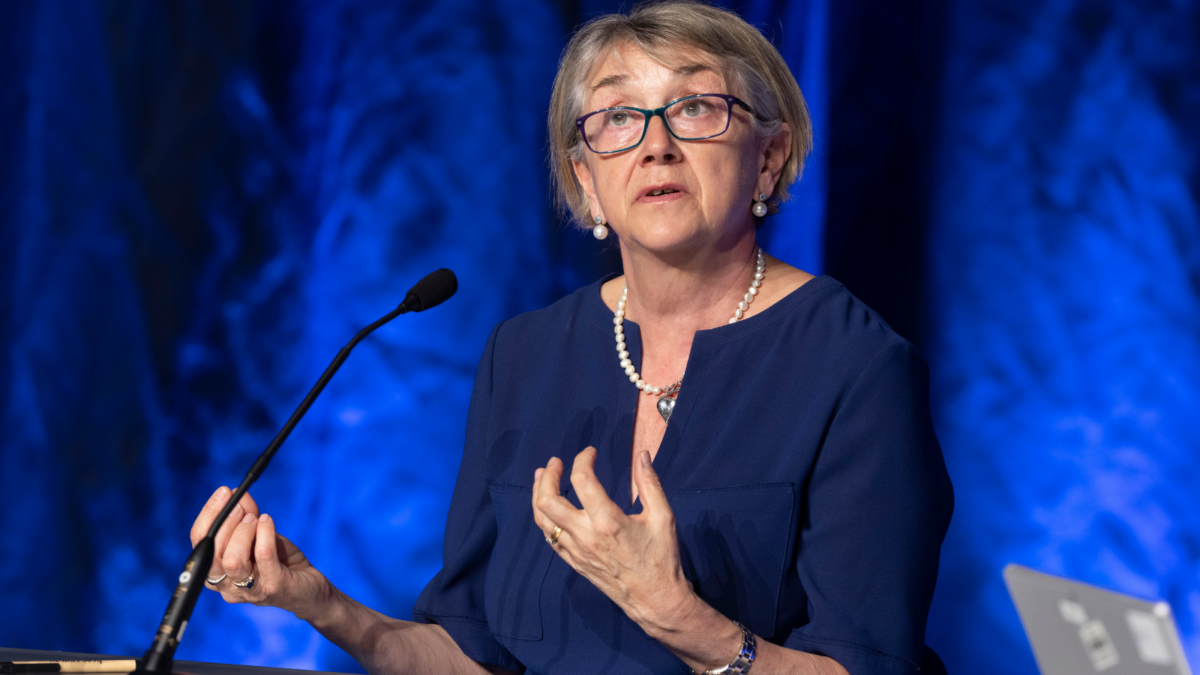Super’s hidden merger problem – and some ideas to fix it
In a recent paper, Holly Marchant, a superannuation lawyer at Ashurst who has worked on several successor fund transfers, notes that the current “shape” of the superannuation industry is comparable to a Prince Rupert Drop: a tadpole-shaped glass bulb with a tip that is almost impervious to damage and a tail that will shatter at the lightest touch and take everything else with it. Big funds are the tip, small funds are the tail – and it’s a long tail. 78 of 141 APRA-regulated funds have less than $2 billion in funds under management.
Their merger options are limited; a very large fund is unlikely to spend the time and money on a successor fund transfer given they can already count on tens of billions in inflows from the superannuation guarantee, and probably already have “indigestion” from gobbling up dozens of other funds. And a medium-sized $35 billion fund is going to be looking to merge with another medium-sized fund or a larger one.
“So, if the organic consolidation of the industry is limited only for funds already big enough to either join forces with another medium size fund or entice larger funds to merge, where does this leave the smaller funds? The likely answer – marooned at the tail of the industry,” Marchant writes.
“As a practical point, APRA’s vision for further industry consolidation relies on the assumption that the larger funds continue to be ready and willing to merge with the underperforming and smaller funds to reshape the industry. What if this assumption is wrong? APRA may have a vision for Australia’s superannuation industry in 2035 – but what if that vision can’t be realised organically?”
One possible solution to get things moving is to mandate a threshold of (hypothetically) $10 billion, similar to the threshold imposed on custodial providers in 2013, which required them to hold net tangible assets of the greater of $10 million or 10 per cent of average revenue.
“Nevertheless, even with a mandated threshold – if the medium and larger funds increasingly opt for more strategic consolidation (such as the Sunsuper and QSuper merger) or re-directing a potential-merger budget elsewhere (such as advertising or operational uplift), even where smaller funds must merge – the lure for the larger funds to assist still may not be there.”
One potential fix to the “no available suitor problem” is for APRA to implement a no-risk transfer mechanism to allow large funds to merge with smaller funds with less risk i.e. by directing a fund that has not met the proposed mandated threshold to merge with a larger peer. That wouldn’t be “without its complexities” – the larger fund would need to take only a passive role in the transaction so that it’s more likely to be in the best financial interests of its members.
“Perhaps it involves the smaller fund cleansing all of the data and incurring the costs of planning and executing the transaction,” Marchant writes. “But what about the risk that would typically be absorbed by the transferee fund? Perhaps there’s a need for something similar to the current section 147 “cessation of rights against transferor fund” of the SIS Act. But what about the rights of service providers? The larger fund might still consider the transaction as not being in the best financial interests of its members.”
“Clearly, there are a lot of questions and nuance to be considered here. However they are questions that we need to start asking. Are these suggested resolutions to reshape the industry elusory? Perhaps. But policy makers and APRA need to start considering further strategies that may need to be discharged if the utopian ambition that the superannuation industry can consolidate organically becomes increasingly impractical.”










